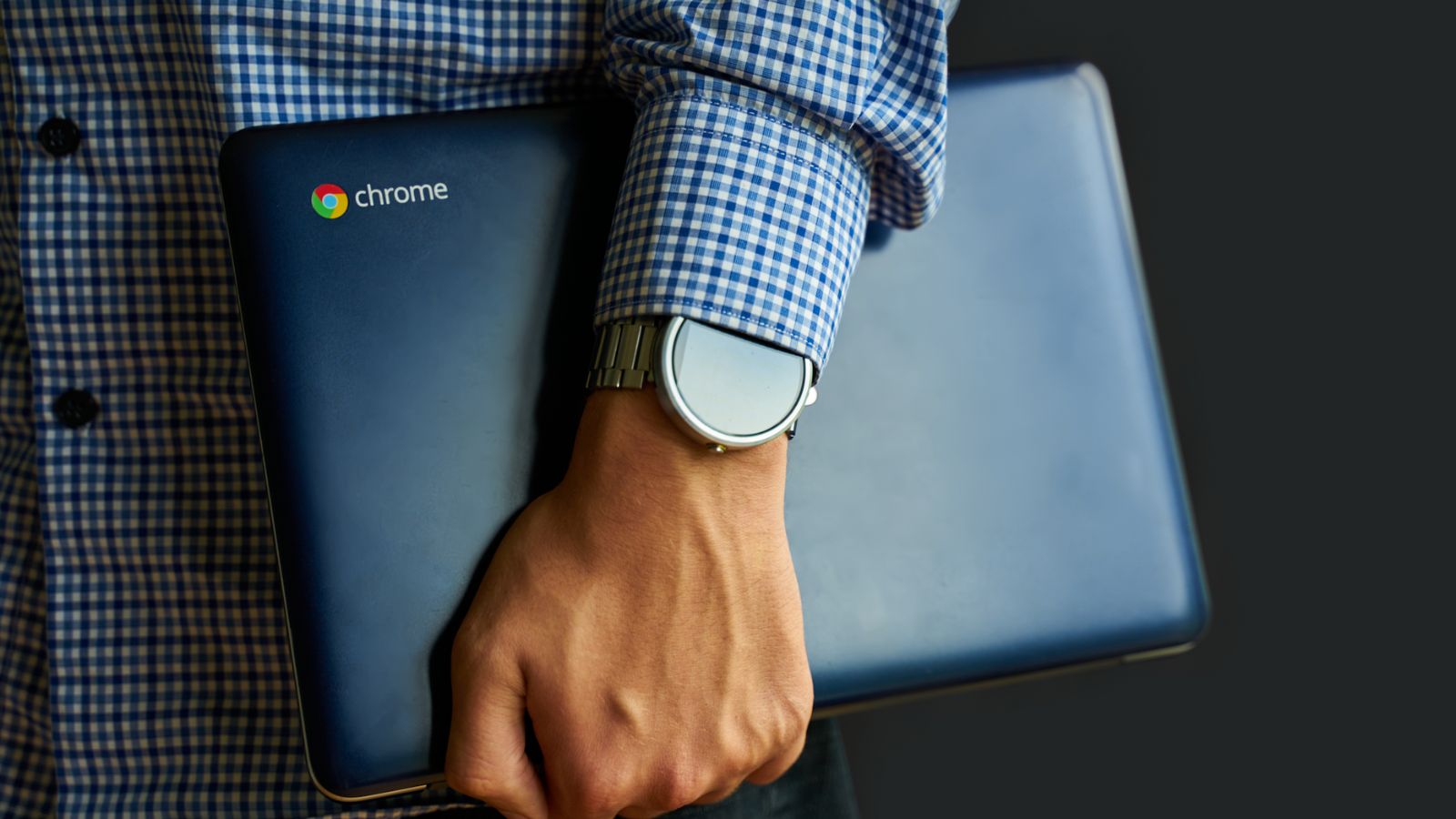You might know this already but Chromebook is a bit different from standard laptops in the sense that it does not have normal BIOS like most laptops or computers do. However, that does not mean that you can’t overclock a Chromebook. If you are an overclocker at heart, be sure to look into our other articles on how to overclock your Mac, Steam Deck, and Switch.

If you really want to, you can software overclock it within Linux OS or you could also do an FSB overclock. The FSB (Front Side Bus) frequency refers to the processor’s operating frequency or its speed. So ramping up the processor means overclocking the Front Side Bus. The CPU, like all the other elements, will normally raise its performance in order to connect with the processor at an increased speed. Overclocking a Chromebook is rather easy and simple compared to other laptops, so let’s jump right into it.
How to Overclock a Chromebook
Before getting started with the actual overclocking procedure, you need to make sure that you have the Linux distro installed as the operating system on your device.
- The first step of this overclocking procedure is to open up the terminal, you can do so by holding down the Ctrl, Alt, and T keys simultaneously. You should see a window of Crosh, the Chrome Operating System developer shell. Next, type in the shell and hit the enter key, and enter your codes.
- You then need to do there is downloaded a program named cpufrequencyutils. This is a useful program as it enables users to underclock and overclock the PC system. You can use this command line ‘sudo apt install cpufrequtils’ to install the program.
- Be sure that you are using the cpufrequencyutils program in superuser mode or root. A short command line of ‘sudo sun will make you a superuser or ‘sudo -i’ is also an option.
- Now, what you can do is cpufeq-set -g conservative but before that; type in ‘cpufreq-info’ as a command line and you will see a bunch of stats about the CPU’s predetermined clock speed. We recommend using the conservative governor.
- Now, you can enter the command line ‘cpufreq-set -g conservative’ which will not show you any visible results but it will set you up for the next step. After that is done, to set your CPU to max performance, enter the code ‘cpufreq-set -u (your highest supported GHz). You can see the highest possible Ghz on the ‘cpufreq-info’ results.
- It might display results such as ‘hardware limits: 480Mhz- 1.60 GHz. In this case, the max potential of your Chromebook is 1.60Ghz so your command line will be ‘cpufreq-set -u 1.60Ghz’. This will set your CPU to max performance.
If you do not want to max out your CPU performance you can use the command line ‘cpufreq-set -u 1.3Ghz’ or something similar. The power is in your hands, you can set it to the value you want it to be.
Negative effects of overclocking a Chromebook
Chromebooks are not designed for heavy-tasking purposes. They are focused on providing a productive environment for people who work on laptops. They do not have a high-end bleeding-edge heat dissipation architect that will keep the system from crashing.
Chromebooks are plain laptops with no overboard specs. So when you overclock a Chromebook, your biggest problem will be heated, the processor will obviously generate more heat in order to meet the overclocked speed which will result in a lot of crashes or perhaps a major system crash if the system is overheated and overloaded to point of no return.
For instance, an Asus Chromebook might not even have an average cooling system. Users have complained about the Asus Chromebook’s ‘fake’ cooling system. The cooling fan inside the Asus Chromebook does not dissipate the heat of the processor as it is completely blocked from the inside. Moreover, some Chromebooks’ aluminum heatsinks are just for the sake of the show. They do not cool the system or barely work with no actual airflow network to effectively cool the system.
Advantages of overclocking a Chromebook
As we all know, overclocking is done for gaining that extra bit of power which is usually suppressed by the manufacturer company to avoid overheating and crashing issues. Bypassing those limits will unlock greater performance power for a faster speed.
However, bypassing company-regulated limits also means that your warranty is no longer in effect (in most cases). So, be prepared to research and face the consequences before you jump on the train of overclocking your Chromebook.
